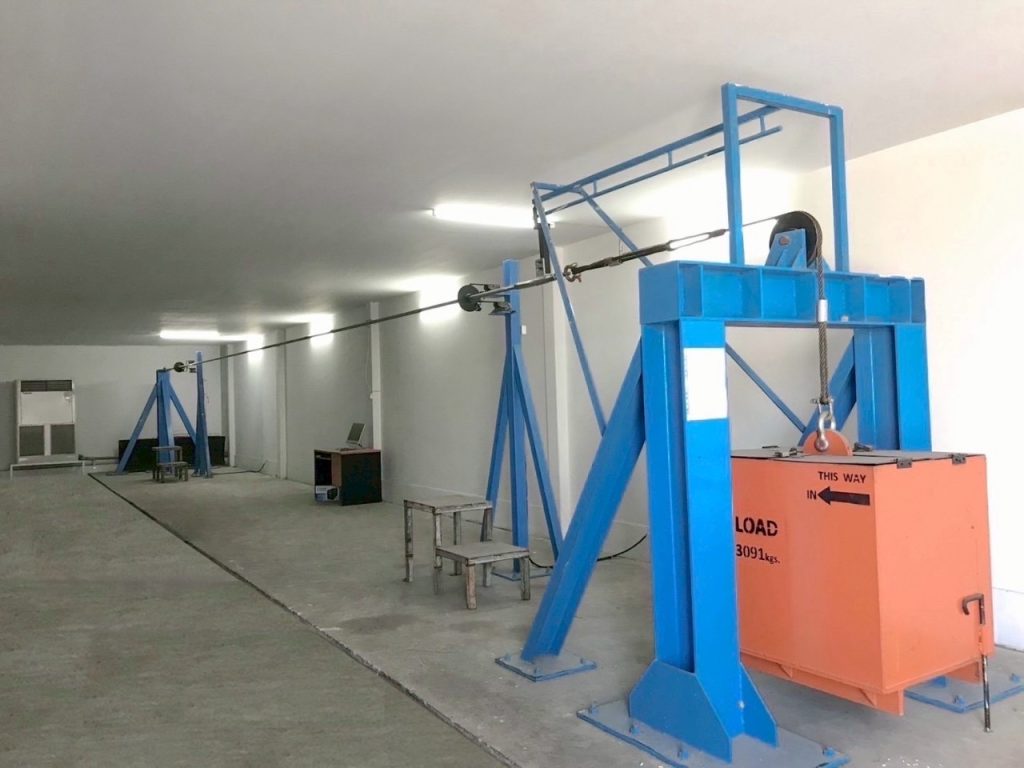In high‑voltage transmission systems, conductors must withstand long‑term mechanical loads and environmental changes—temperature swings, wind, self‑weight, and ice loading—without developing excessive permanent elongation. Too much creep increases conductor sag, jeopardizing clearances and system safety. The Creep Test is therefore critical for assessing the quality of ACSR (Aluminum‑Conductor Steel‑Reinforced) cables before installation.
Test Objectives
- Measure permanent elongation of ACSR when subjected to sustained tension.
- Evaluate the stability of the aluminum strands under simulated service conditions.
- Provide creep‑rate data for accurate sag–tension design of transmission lines.
Test Principle
According to The Aluminum Association standard, an ACSR sample is tensioned to a fixed percentage of its Rated Tensile Strength (RTS)—typically 22 % RTS—and held for an extended period (e.g., 1 000 hours or more) at controlled temperature. During the test, technicians record:
- Accumulated permanent elongation
- Change in length versus time
- Conductor temperature
Acceptance & Reporting
Permanent elongation values are fitted to the log‑time creep equation, then reported at the following service intervals:
- 1 hour
- 6 months
- 1 year
- 10 years
- 20 years
Designers use this creep curve to set safe initial tensions and predict long‑term sag for the line.

